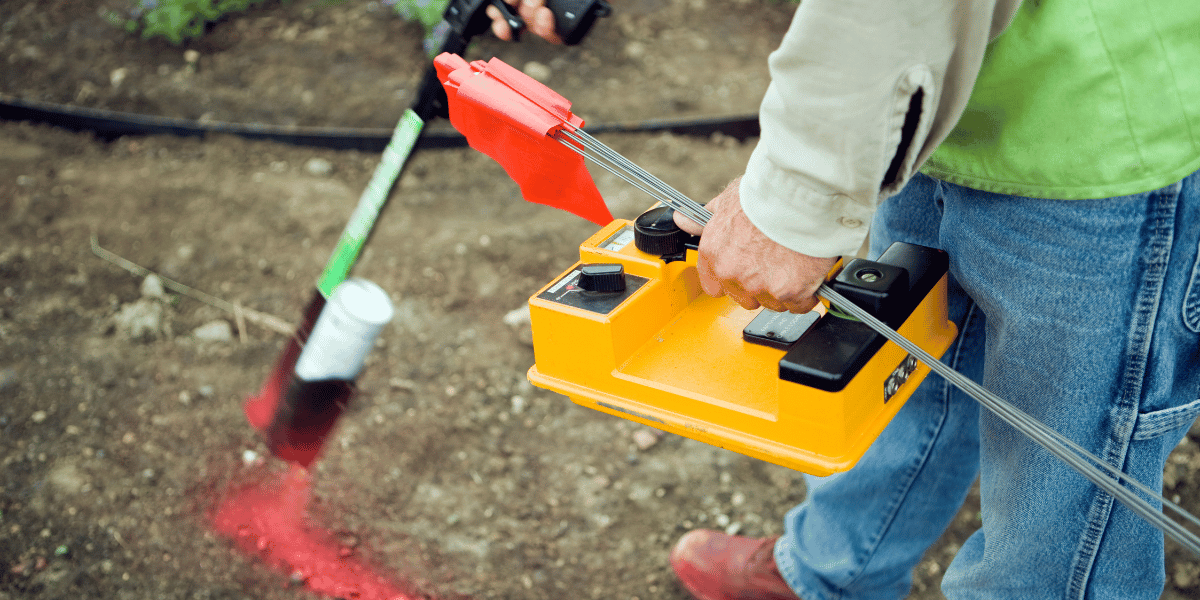
As a private locator, I have a disclaimer on my work order which states “not all facilities may be marked, and not all marked facilities may be accurately indicated.” Since private locates are often performed without benefit of maps and many facility owners simply don’t know what they might have buried, it seems a prudent self-protective measure. Still, I often get customers who will say something like “must be nice” or even, on occasion, “then why bother hiring you?”
When I do get pushback on the acknowledgement, I usually explain that hiring a private locator is like hiring a doctor or a lawyer. We use our skills, tools, and experience on your behalf, but even when we do a great job it doesn’t guarantee you’re going to get the result you wanted. Good lawyers lose cases. Good doctors lose patients. This is especially true if there wasn’t much of a case to begin with, or when Grandpa finally gave in and went to the hospital on his 98th birthday just as his liver gave up the ghost.
Locating customers need to understand that not all sites are created equal and that there are a multitude of variables that can adversely impact a locate. Things like congestion, conductor type, soil conditions, atypical installation practices, common grounding, and poor, inaccurate, or nonexistent mapping can all make locating difficult or even impossible at some locations.

Let’s look at an example of how things can go bad on even a “good” locate. Say a technician locates a telephone service line that’s buried only a foot below the surface. The portion of the cylindrically-shaped electromagnetic field that reaches the surface to be read by their receiver is fairly narrow and easily marked within the 18-24-inch tolerance prescribed in state statute. The same tech on the same site with the same equipment next attempts to mark the water service which is buried at a depth of nine feet. Their instrument then must work to detect the center of a much wider electromagnetic field where it meets the surface. Even with no other problems or interference, it’s obvious that the change in depth alone increases the opportunity for horizontal error at the surface.
Locating technicians and the companies that employ them do a great job providing accurate marks almost all the time in a variety of challenging conditions. They utilize ever more sophisticated tools and processes to manage rights-of-way that grow more crowded with each passing year, but it’s wrong to assume that when a mislocate occurs, they somehow cut a corner or mismanaged a jobsite. In the end, we can’t see underground and there are a lot of variables that can throw expensive instruments and experienced technicians off track. That’s why I don’t offer a guarantee.
And to answer the excavators who ask, “then why even call you?”… because, we find almost everything, almost all of the time, and we do it for a very reasonable cost. Try talking your doctor or your lawyer into that last part.
———-
***Christopher Koch is a training consultant and President of ZoneOne Locating. He is past president of Nulca and worked on both the 2009 and 2015 revisions to the Nulca Professional Competency Standard. He can be reached by email at Christopherkoch@live.com or on Twitter @kochauthor.***
———-
**THE OPINIONS EXPRESSED IN THIS ARTICLE ARE THOSE OF THE AUTHOR. dp-PRO WELCOMES AND ENCOURAGES ARTICLES AND CORRESPONDENCE FROM ALL POINTS OF VIEW.**
![ESM Sidebar Ad[87] ESM Sidebar Ad[87]](https://actsnowinc.com/hubfs/ESM%20Sidebar%20Ad%5B87%5D.gif)
Comments